News
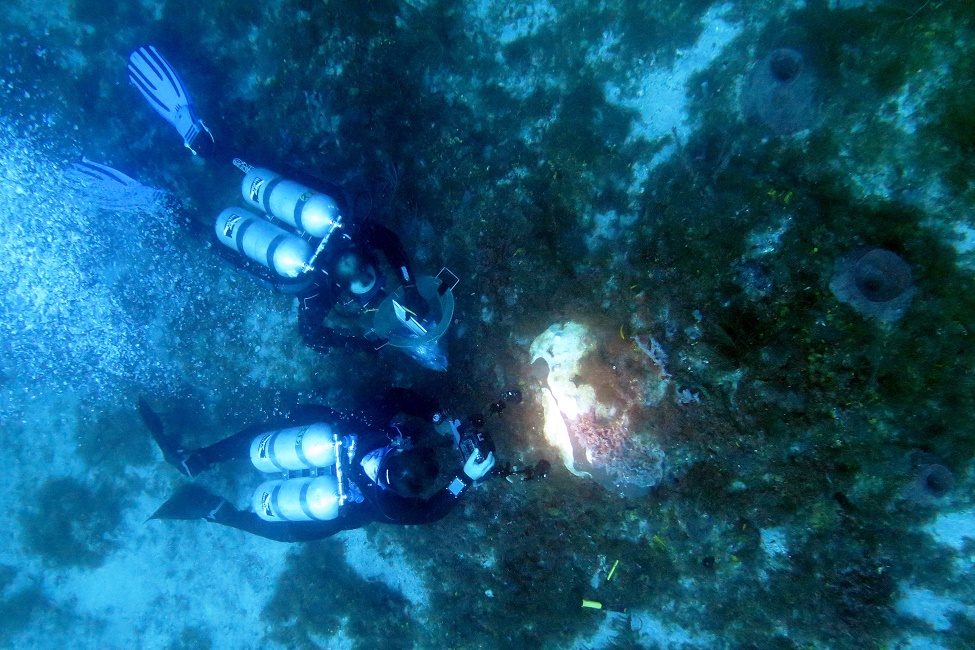
August 12, 2021
An FAU Harbor Branch technique is helping to gain insight into the poorly understood stony coral tissue loss disease, responsible for widespread coral death throughout the Tropical Western Atlantic.
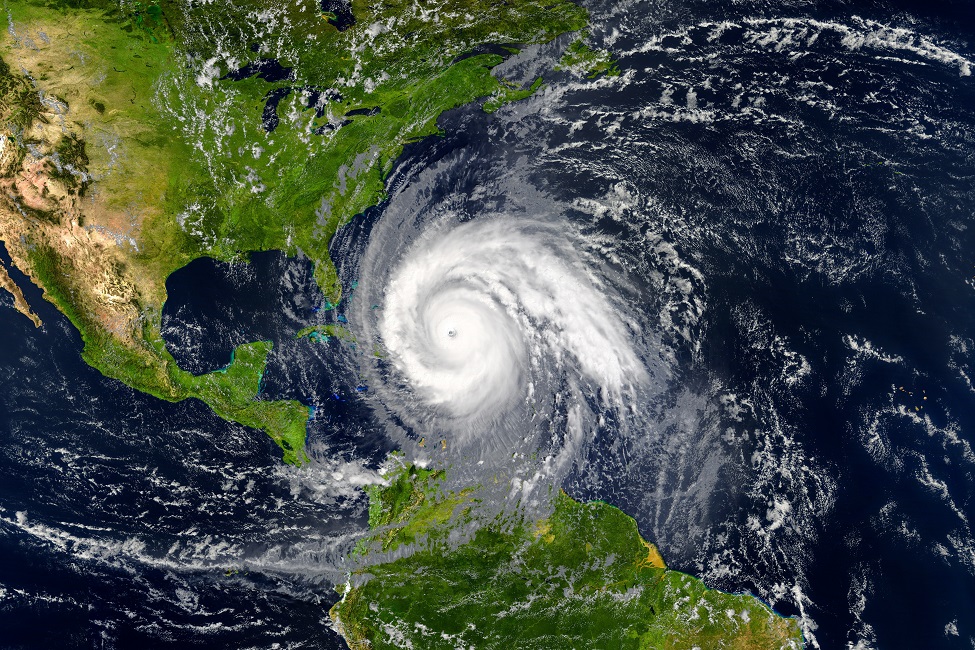
August 12, 2021
With hurricane season in full force, several Florida Atlantic University faculty experts are available to discuss various issues surrounding hurricane preparedness, evacuation and aftermath.

August 10, 2021
The Gulf Research Program (GRP) of the National Academies of Sciences, Engineering, and Medicine today announced Kirstie Tandberg Francis, a doctoral candidate in integrative biology at Florida Atlantic University’s Harbor...

August 05, 2021
FAU Harbor Branch 2021 summer interns (16) will be presenting the results of their 10 weeks of research on Thursday, August 5, in the Johnson Education Auditorium (9 a.m. to 3 p.m.).
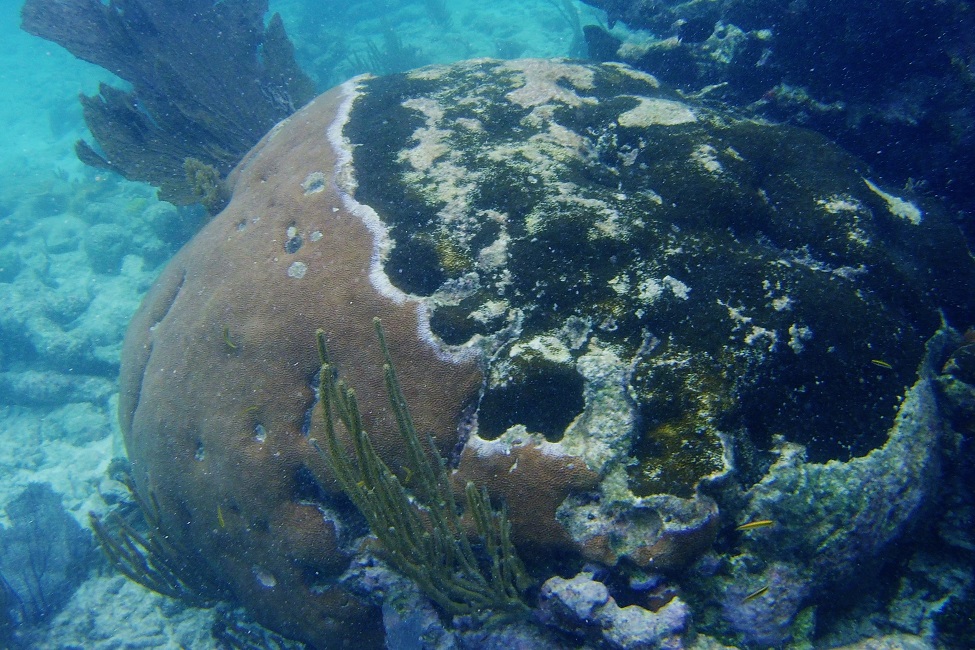
August 03, 2021
A study is the first to offer evidence that nitrogen enrichment from land-based sources like sewage is driving macroalgal blooms and causing massive decline in hard coral cover in the Belize Barrier Reef.

July 28, 2021
In the depths of the ocean, soft-corals sway in the current while sponges sit immobile and anchored to rocks. These animals may be the key to curing diseases such as Methicillin-resistant Staphylococcus aureus (MRSA) and...
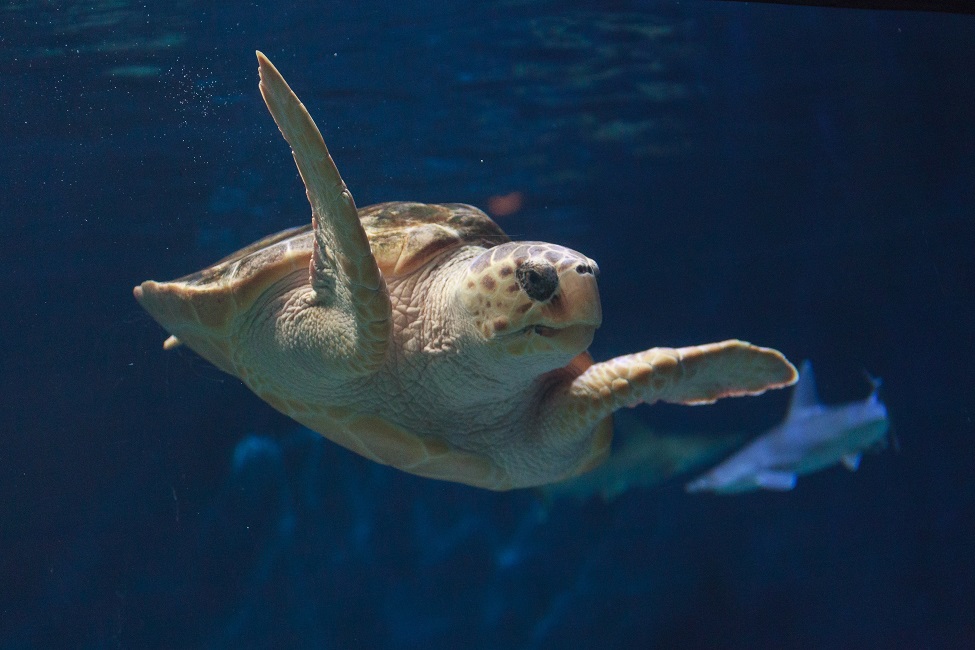
July 27, 2021
FAU Harbor Branch scientists and collaborators followed their "gut instinct" to address the nutritional needs of Georgia's debilitated loggerhead sea turtles in rehabilitation.
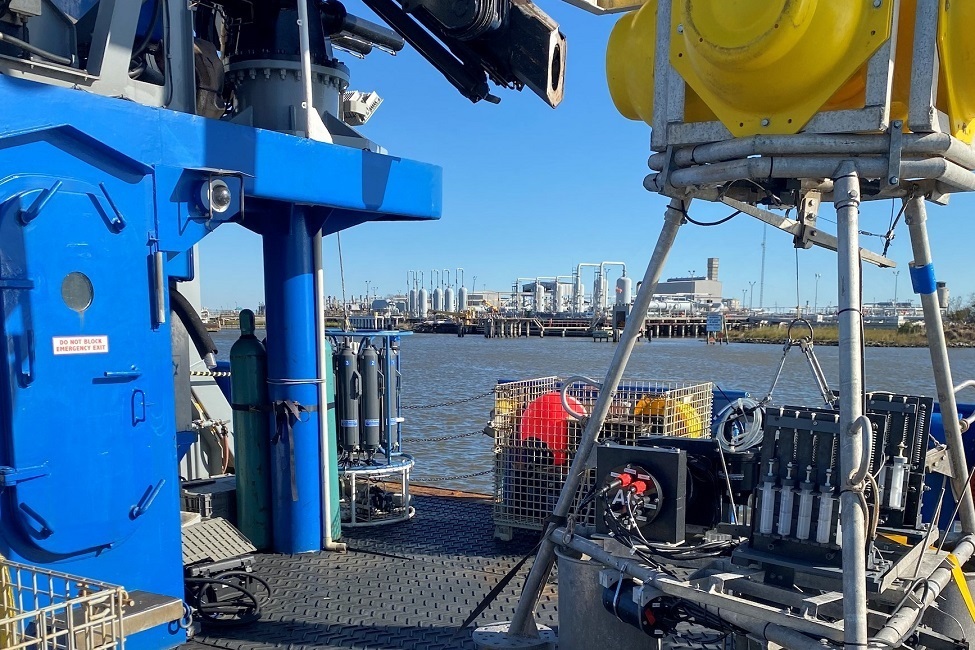
June 29, 2021
The FAU Harbor Branch project will use satellite images, hydrodynamic modeling and field work in the Gulf of Mexico. FAU is among 10 in the nation and the only university in Florida selected by NASA.

June 24, 2021
FAU Harbor Branch received a $100,000 award from the U.S. Environmental Protection Agency (EPA) to create the “Keep the Sea Free of Debris” Junior Ambassador Program. The program aims to teach children in underserved...
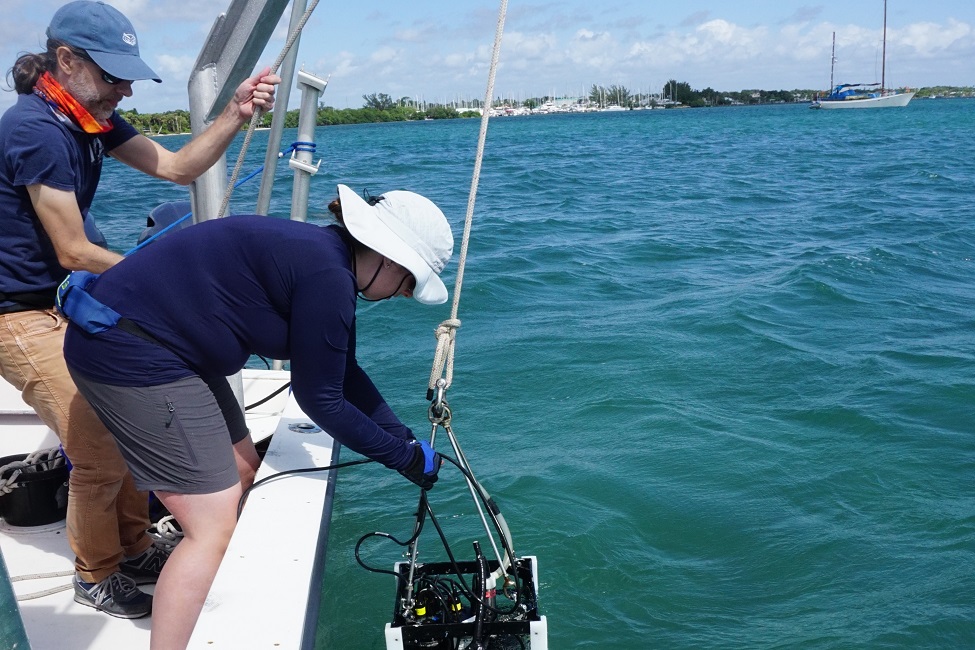
June 24, 2021
According to a new study by researchers at FAU Harbor Branch, that depends on very specific environmental conditions and the type of toxin on the water surface of Florida's Indian River Lagoon.